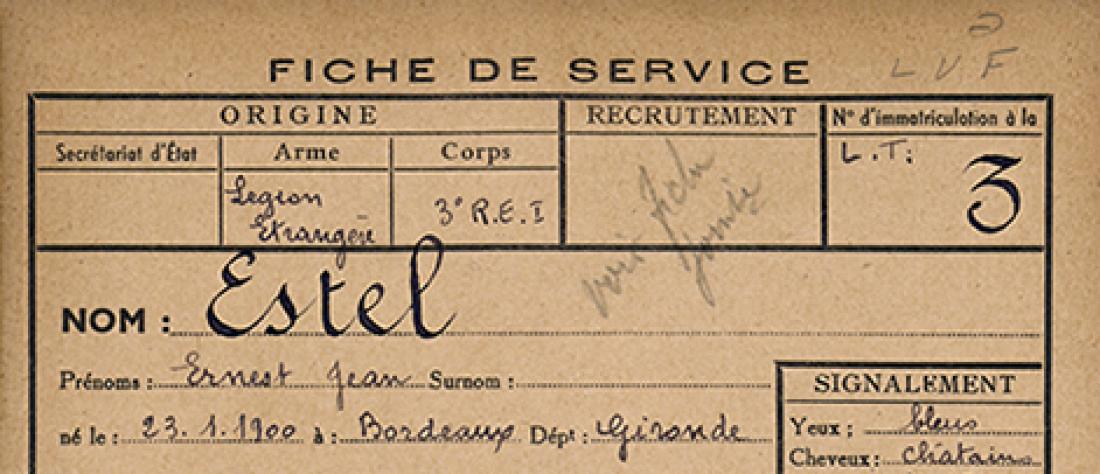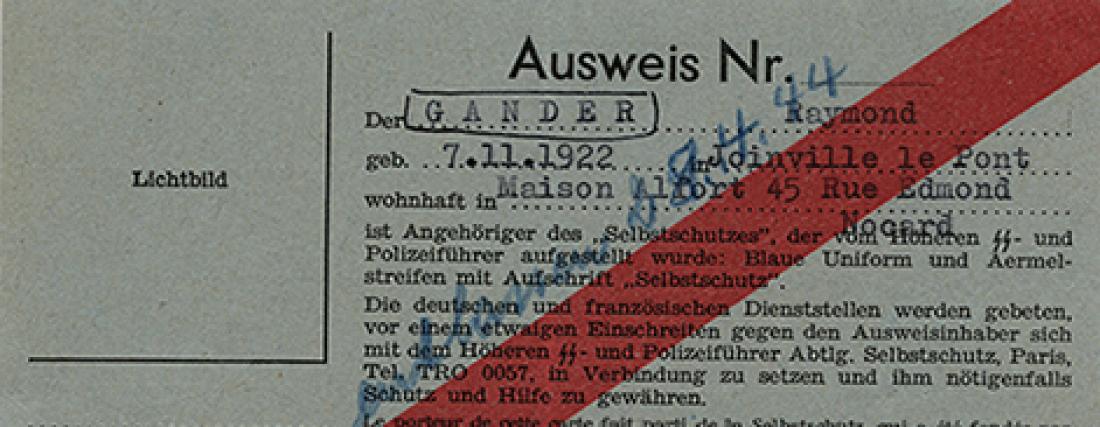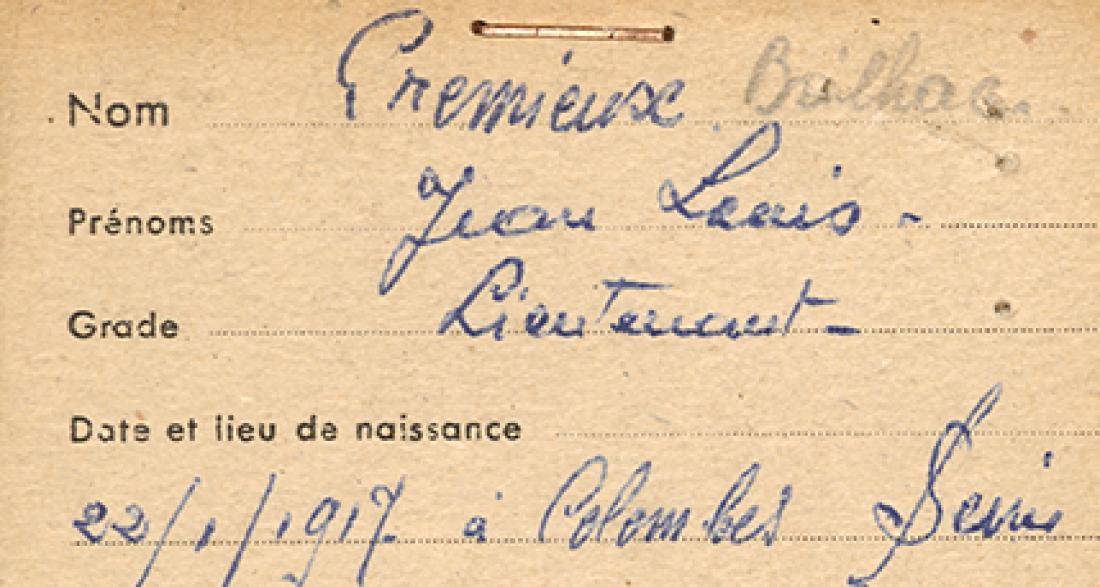1963 to 2011: 50 years of OPEX

From 1963 to the present, dozens of overseas operations have been carried out, involving military personnel from across all the armed forces, directorates and services: army, navy, air force, joint armed forces directorates and services, and Gendarmerie Nationale. By telling the story of certain military operations of recent decades and the reasons that led to France’s involvement in these foreign theatres, a genuine history of French overseas operations, or ‘OPEX’, can be written.










